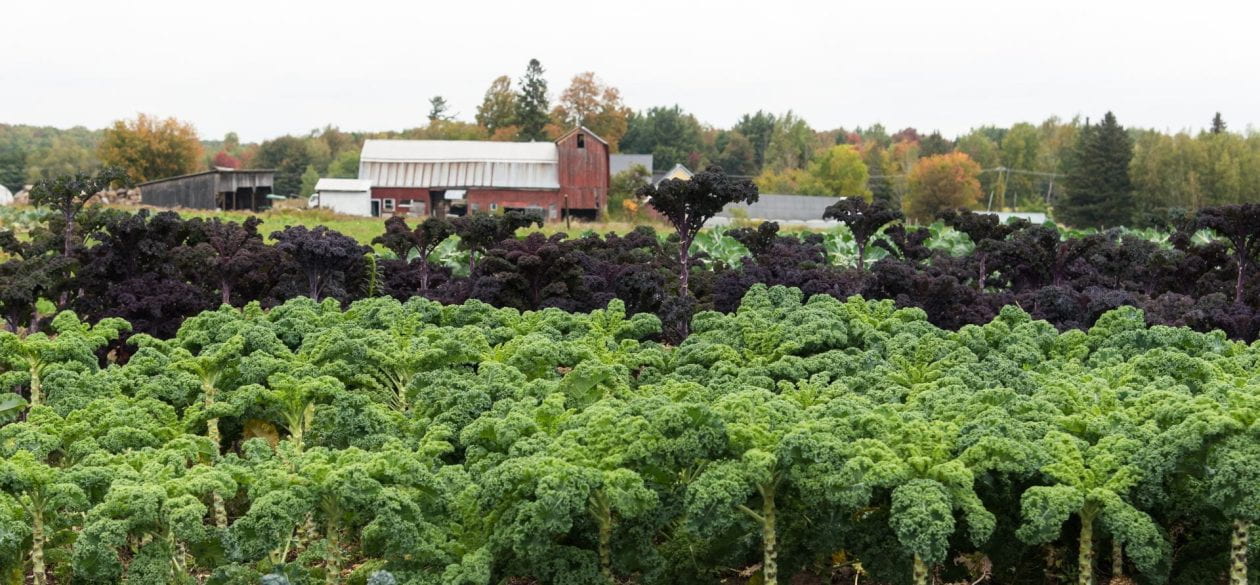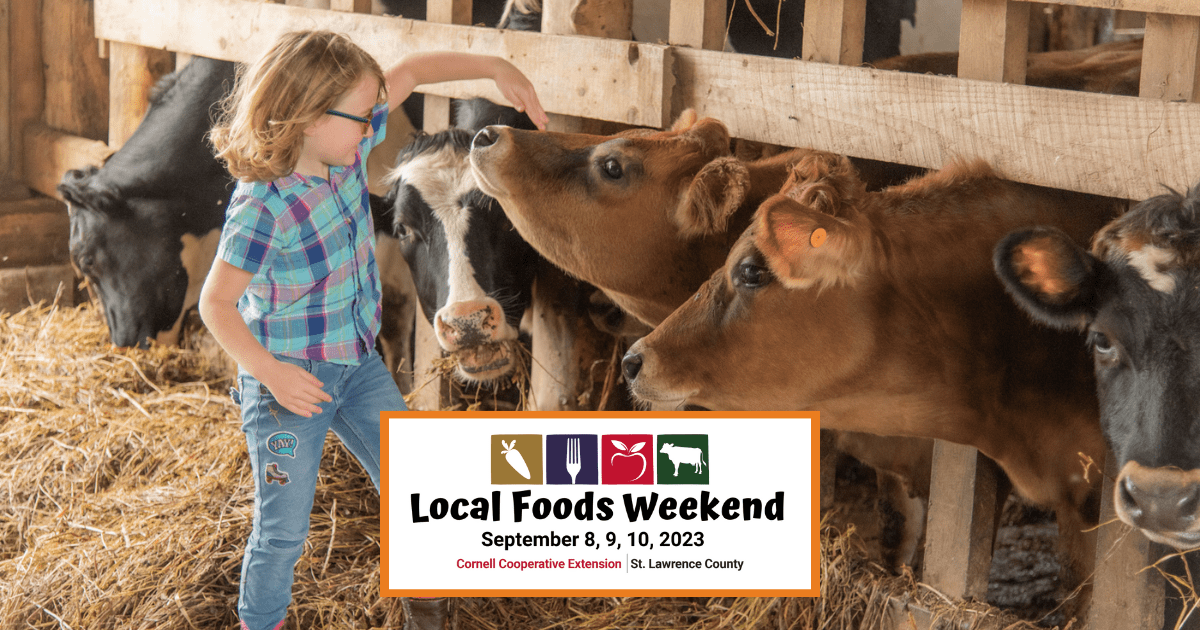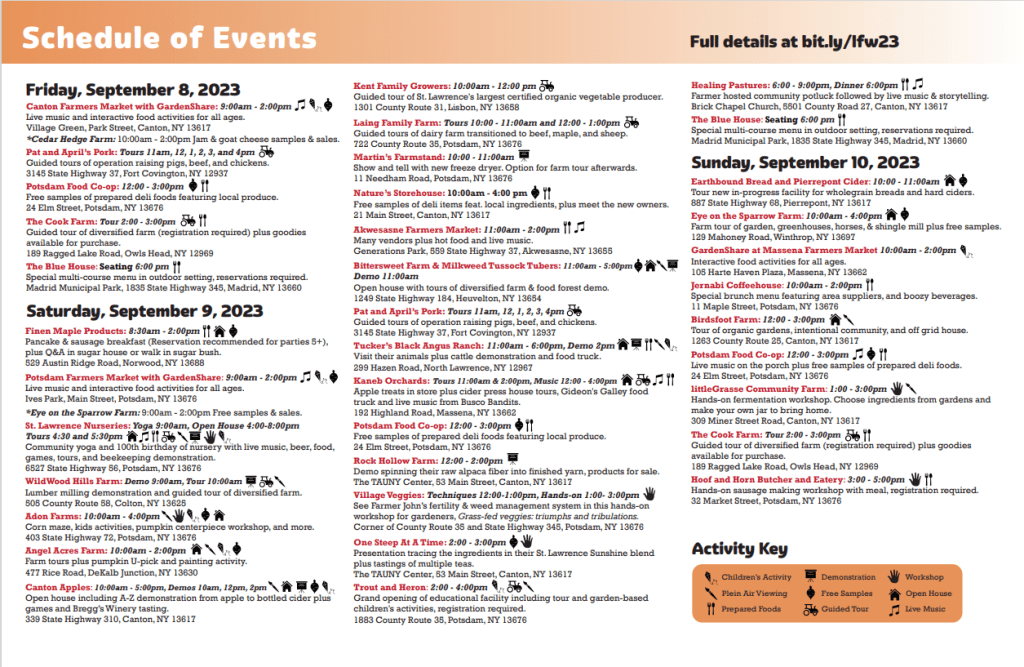North Country dairy farms of a generation ago, when they were mostly operating with under a hundred cows, used to have access to what were called “relief milkers”. Many farm families were both practically and culturally bound to their herd’s incessant demands so that vacations were rare. Still, I used to hear old farmers tell me how (paraphrasing), “ We had a relief milker once when we had to take our daughter to the hospital in Syracuse”.
The relief milker was either a member of the dwindling group of hired hands, or a former farmer who had sold their herd when economic forces pinched too hard. They were now working other jobs but with the relief gigs, were able to hold onto a profession they loved and be valued for their extremely special skill set by doing chores for crisis stricken, or Myrtle Beach-bound, neighbors. It’s important to realize that this relationship existed because a critical mass of farms existed in the North Country. The number of farms and the farmers’ need to get away, matched up with the number of relief milkers who made that possible.
We run a vegetable farm in Lisbon. Vegetables need only a fraction of the dedicated attention that cows do and I, for one, have no interest in the old fashioned ways of the farmer who only leaves the farm for emergencies. Still, it’s not easy to get away. Though we aren’t completely alone in farming produce here, we certainly don’t have anything close to the resources and services that the dairy community does. Read more Relief farming



